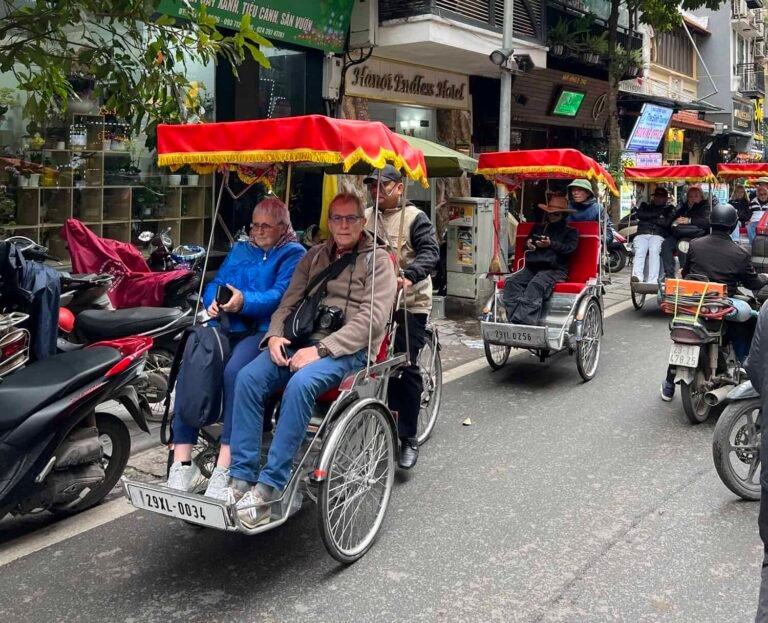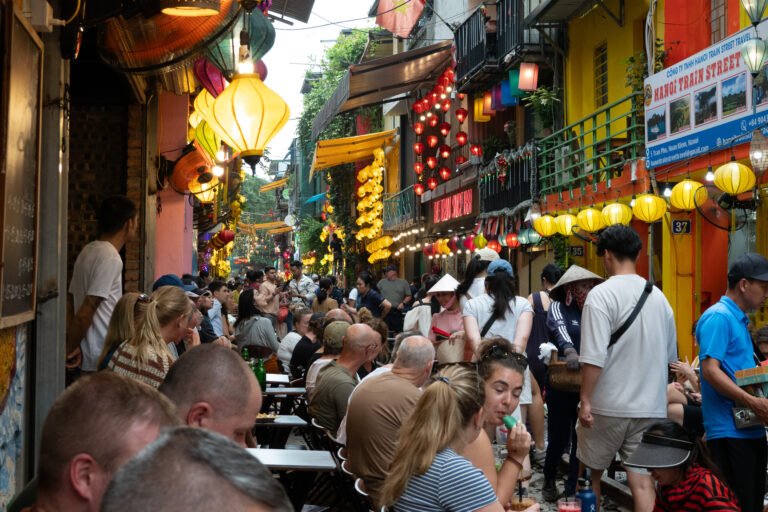The Secret to Cheaper, Calmer and Better Travel

If you’ve ever dreamed of travelling without elbowing your way through a crowd or emptying your wallet just to get a decent hotel room, then listen up.
There’s a sweet spot in the travel calendar that can completely change the way you see the world. It’s called the shoulder season, and once you’ve tried it, you’ll wonder why you ever battled peak-season chaos.
What Is the Shoulder Season?
The shoulder season is that magical in-between period that falls just after the peak summer holidays, but before the full chill of winter sets in. Think May and September in Europe, spring and autumn in Australia, or those few precious weeks in Southeast Asia just before the monsoon rains.
In other words, it’s the Goldilocks zone of travel — not too hot, not too cold, and just right.
Why Travelling in Shoulder Season Is So Good
Cheaper Accommodation and Flights
When peak holidaymakers pack up and go home, prices usually tumble. Hotels and airlines often slash their rates to fill their seats and beds.
This makes it the perfect time to upgrade your room, stay in that fancy hotel you thought was out of reach, or perhaps even stretch to business class without torching your budget.
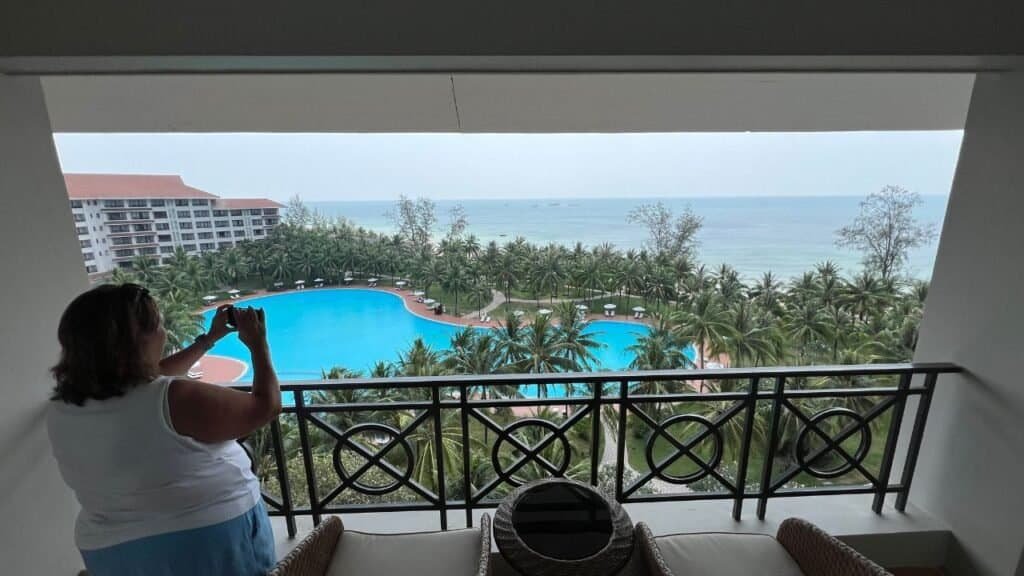
For those of us who love value (and let’s be honest, who doesn’t?), shoulder season stretches your travel dollars further.
Destinations are less people-y
Ever stood in a queue so long you started to wonder if it might end in another country? Then chances are you travelled in peak season at some stage, like this school holiday trip with our daughter at Versailles.
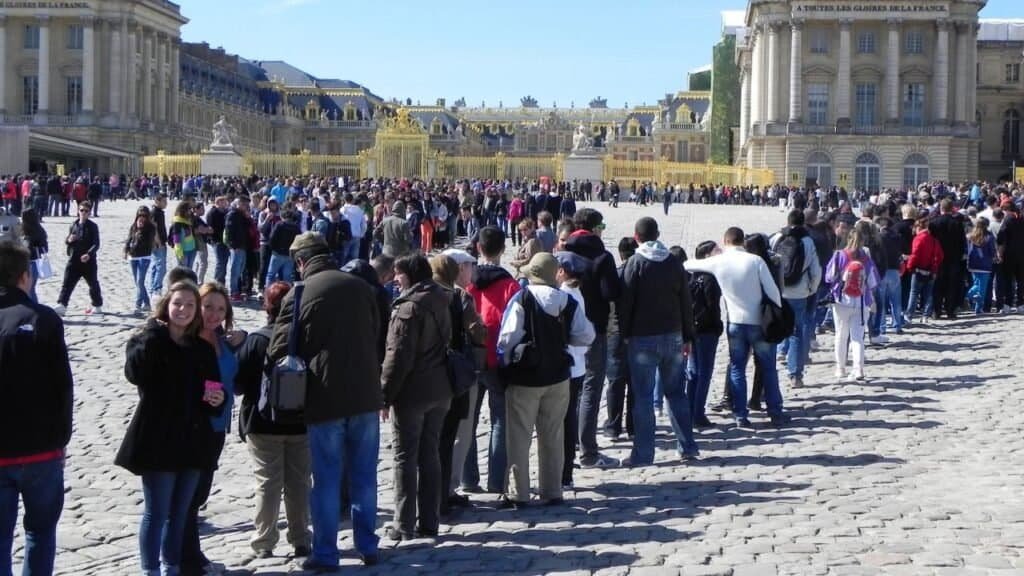
Travelling in shoulder season means smaller, or even no crowds at the big-ticket attractions, shorter queues, and more space to actually enjoy yourself. Giving you more time for doing and less time waiting. And that’s the kind of travel we all enjoy.
Locals Are More Relaxed
Here’s something a lot of travellers don’t think about: the mood of the locals. After the summer rush, people are often more relaxed and welcoming.

Shopkeepers, café owners, and guides aren’t overwhelmed by the masses, so they have time for a chat, a smile, and sometimes a little insider tip you’d never find in a guidebook.
These authentic connections can be the highlight of your trip.
Perfect for Travellers Over 50
Here’s the real kicker: once you’re past the school-holiday stage of life, shoulder season is tailor-made for you. No more being tied to July or Christmas break, or having to spend every day only doing kid-friendly activities.
You’ve got the freedom to choose when you travel, and that flexibility is a massive advantage. We’ve all earned the right to travel smarter, not harder. Shoulder season is our reward.
Best Shoulder Season Destinations
Europe in May or September
The Mediterranean is still warm, the days are long, and the major cities are buzzing but not unbearable. You won’t be wilting in Rome’s 40-degree heat or stuck in a two-hour queue at the Eiffel Tower. Instead, you can wander, linger, and savour without the stress.
One month earlier, and this beach in Benidorm, Spain, would have been standing room only.
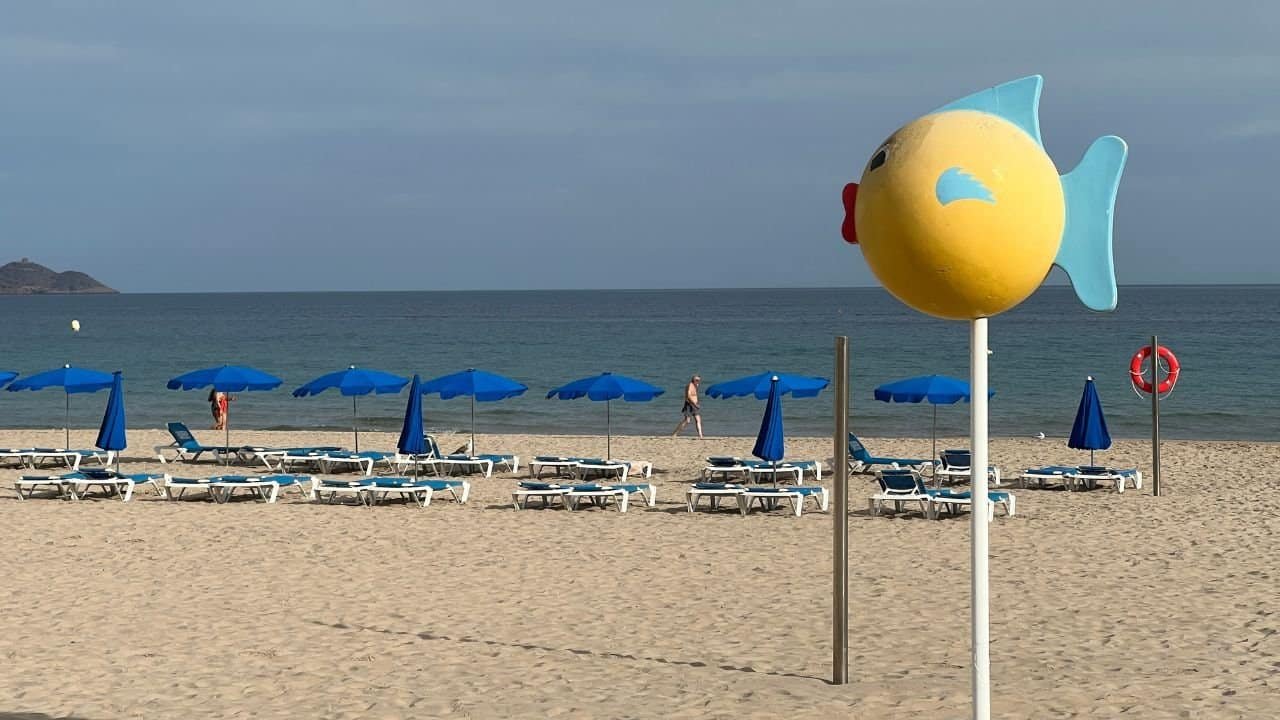
Southeast Asia Before Monsoon Season
If you time it right, Southeast Asia is a dream, with quieter towns, great value accommodation, and plenty of cheap, incredible food. Sure, the odd rain cloud might sneak in, but you’ll usually still enjoy more blue skies than grey ones. And the bonus? Fewer tourists fighting for the same photo spot.
Australia in Spring or Autumn
Skip the scorching summer or miserable winter and head out in spring or autumn. Hiking trails are cooler, beaches are much quieter, and accommodation in popular spots is far easier on the wallet.
You’ll get Australia’s best weather without the peak-season crowds.

Things to Keep in Mind
Of course, no travel tip is perfect. There are a few little quirks to shoulder season you should plan for:
Shorter Opening Hours
Museums, attractions, and tours sometimes reduce hours outside peak season. Always check before you rock up.
Weather Can Be Less Predictable
You might get an unexpected chilly day in Europe or an early shower in Asia, but this should be the exception and not the rule. Pack smart and flexible clothing.
Some Services May Scale Back
In smaller towns or beach destinations, a few restaurants or hotels might close for the off-season. A quick check online before you book avoids surprises.
None of these are deal-breakers, just part of the planning process.
Why You’ll Love It
Travelling in shoulder season means less stress, more savings, and a much higher chance to discover authentic experiences as locals focus less on catering to the tourist rush.
You’ll stretch your budget further and enjoy the freedom of seeing world-famous places without the crush of peak crowds.
Once you’ve done it, you’ll never look at school holiday travel the same way again. You may even regret ever having to travel with those pesky kids of yours! Just kidding.
Your Turn
Now we’d love to hear from you. What’s your favourite off-peak or shoulder season destination? Have you found a hidden gem that’s even better outside of peak season?
Drop your tips in the comments below. Let’s build a traveller’s shoulder season cheat sheet together so we can all travel smarter, not harder.





